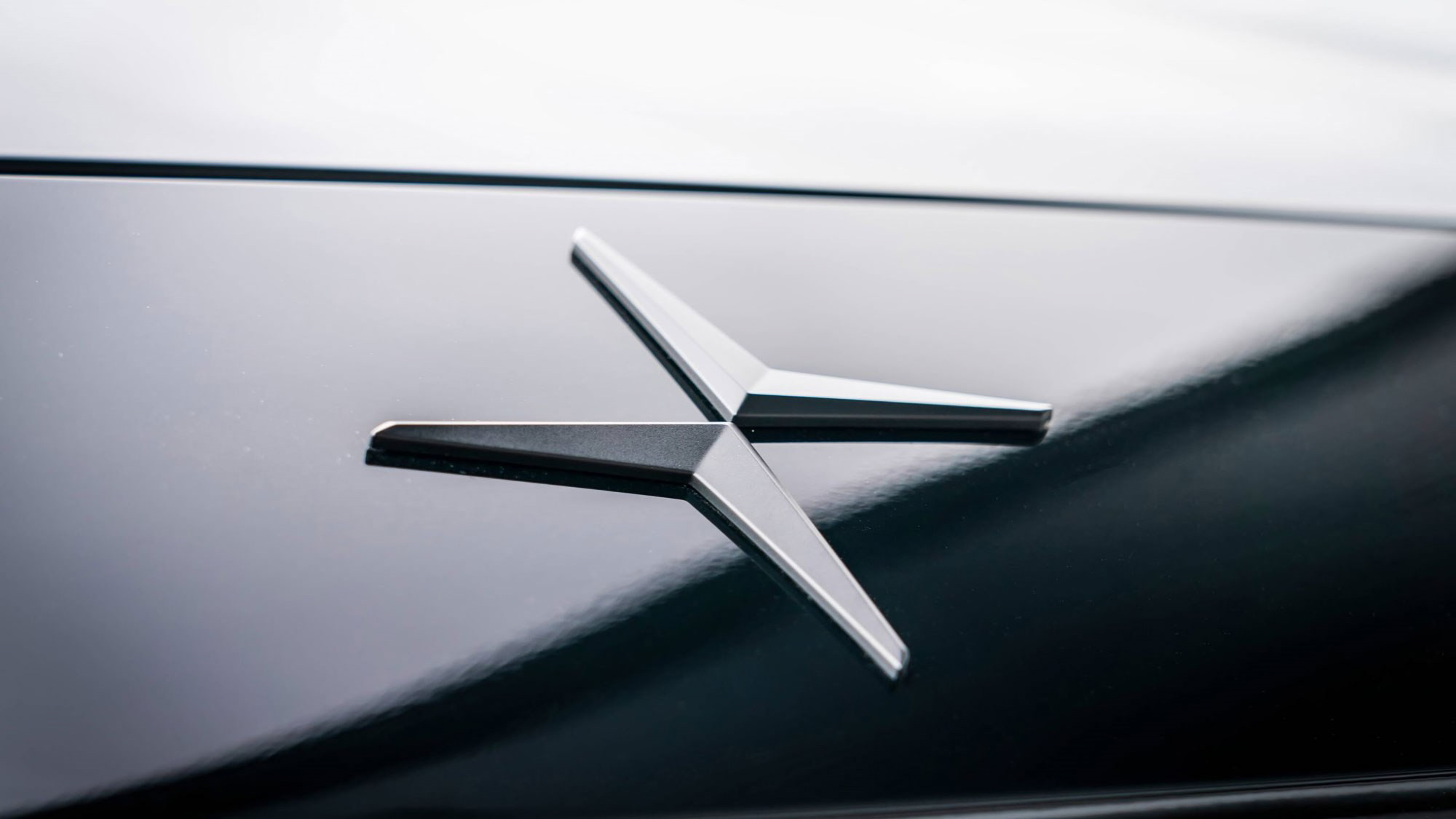In the sky at the northernmost point of the Earth, there is a star that always accompanies the rotation of the Earth. Despite its distant proximity of nearly 400 light years from us, when looked up from the ground, this star shines bright, warm, and eternal.
This is the North Star.
In the Nordic countries illuminated by its light, there is a country, Sweden, that is equally mild and simple. Forests, lakes, and stars are scattered around, and the warm current of the Atlantic Ocean flows slowly. Although 15\% of the land is within the Arctic Circle, the temperature in Sweden is not as cold as one would imagine. It is the venue for the Nobel Prize and one of the most welfare, rich, and livable countries in the world.
One place nurtures one brand. In addition to the well-known home furnishing retailer “IKEA,” a car brand, “Polestar,” was also born here.
Polestar is also the world’s only “design-driven” car brand. In the impression of many people, “coolness,” “Nordic aesthetics,” and “sports” have become the labels of this brand, but it seems that few people know about its past and present.
From Racing to Independent Brand
In the 1990s, racing was all the rage on the European continent, giving rise to the still-held British Touring Car Championship. 27 years ago in 1996, Sweden also held its own racing event, the Swedish Touring Car Championship.
In that year, a Swede named Jan Nilsson founded his own team, Flash Engineering. As the team owner and driver, Nilsson drove a modified Volvo 850 Super Touring and won the STCC championship the first time he participated in the race.

The Volvo 850 Super Touring uses a straight-5 cylinder 2.0 L engine, producing a maximum power of 299 horsepower and accelerating from 0 to 100km/h in 7.4 seconds. In the following year of 1997, Nilsson, driving this car again, won the STCC championship.“`markdown
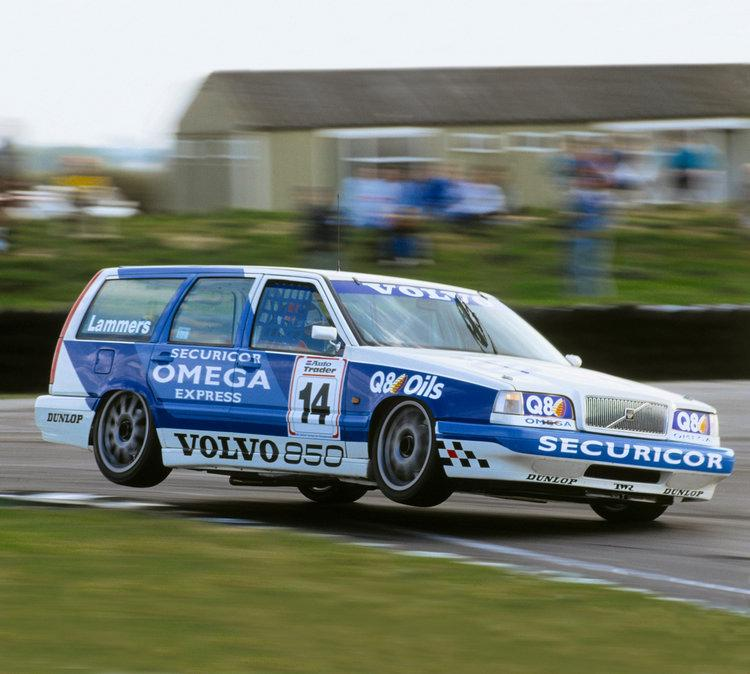
In the following years of competition, Flash Engineering team always chose Volvo models to participate, from Volvo S40 Super Touring to S60 S2000, this young team achieved decent results.
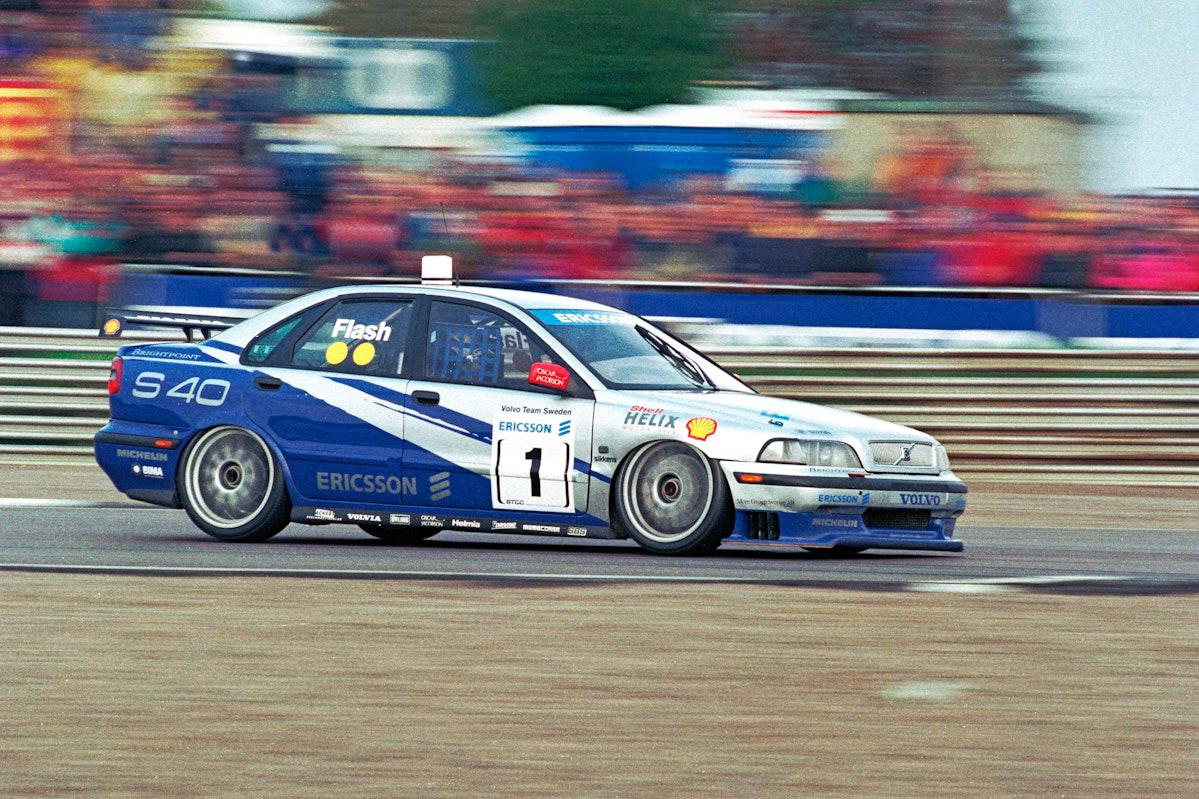
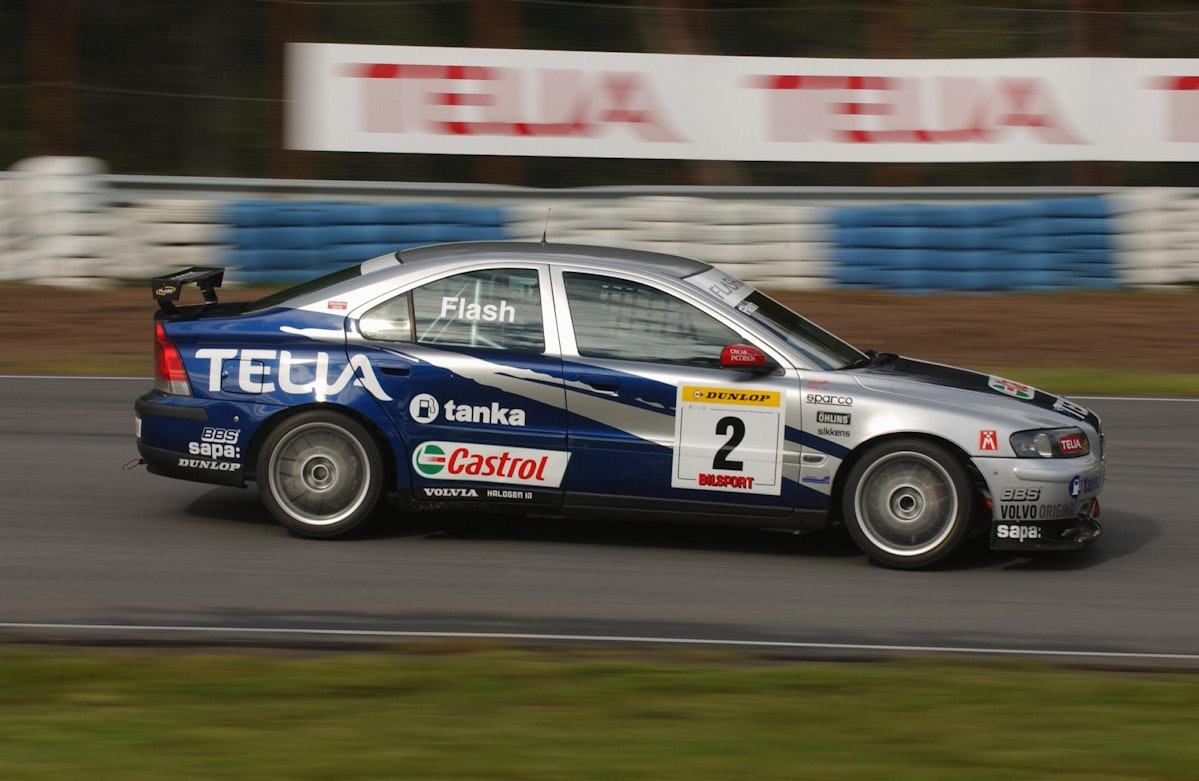
Both sides achieved mutual achievements on the race track, and the fate between the team and Volvo was thus connected.
In 2004, Nilsson sold most of the team’s shares to the team engineer Christian Dahl. Flash Engineering was renamed as Polestar, which we now know. “Polestar” is a pun, representing the twinkling North Star in the sky and Sweden under the shining North Star, and also represents the meaning of “Pole Position”.

In motorsports, the player with the best results in the qualifying round will start at the first position in the official race, which is the “Pole Position”. A very clever name that also implies that the Polestar brand had the foundation of motorsports before it was born.
Years of experience driving Volvo models in the competition made Polestar naturally become Volvo’s official modification company. However, Polestar has always had the ability to build their own cars, and has always adhered to an environmentally friendly core.
In 2008, Polestar launched a racing car C30 S2000 with a bio-ethanol engine, becoming the first team to use clean energy to participate in the race. The Polestar Racing team, which participated in STCC for the first time, won the season championship with this car, and it was not just for “political correctness”.“`
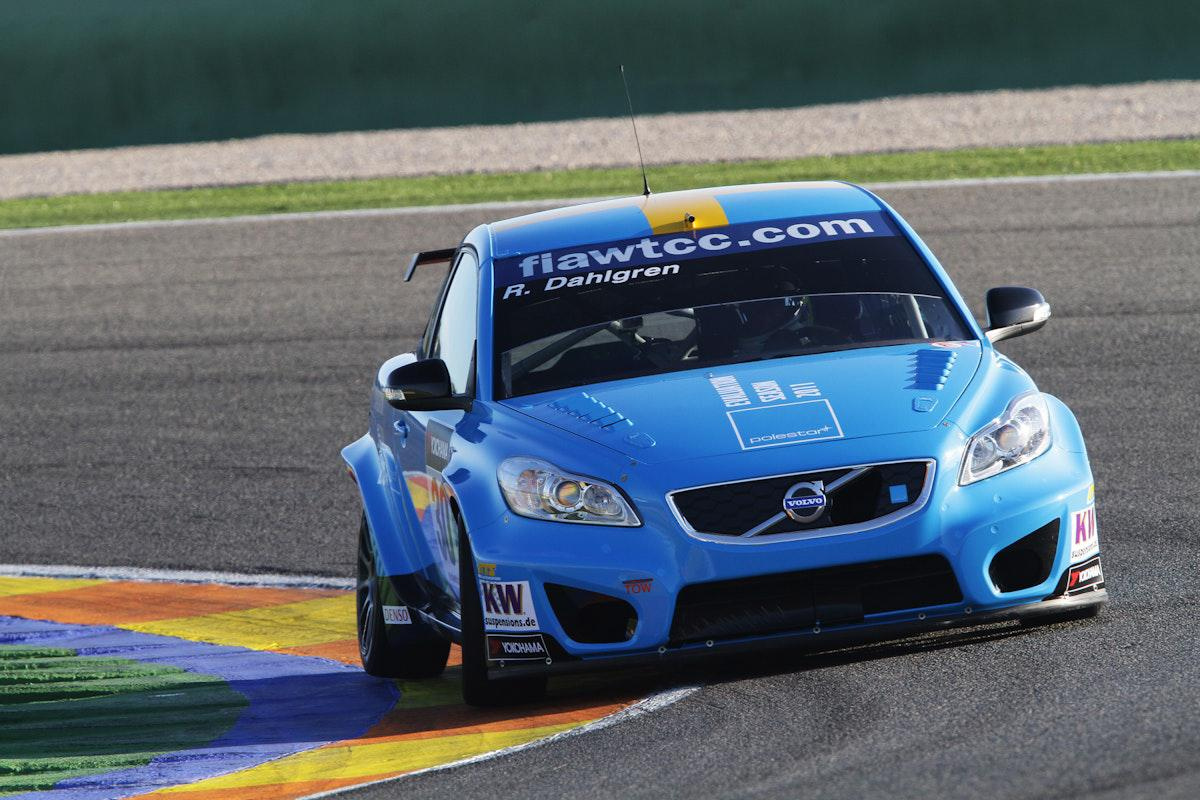
Afterwards, Polestar launched two civilian concept vehicles – the Volvo C30 Polestar Concept and Volvo S60 Polestar Concept – in 2009 and 2012, respectively. The mass-produced car based on the Volvo S60 Polestar Concept was also released in 2013. This car, which was once known in the performance car circle, is the S60 Polestar and V60 Polestar, with its iconic blue paint, blue Polestar logo, sports kit, Ohlins suspension, and Brembo six-piston calipers that truly made Polestar known to the public.
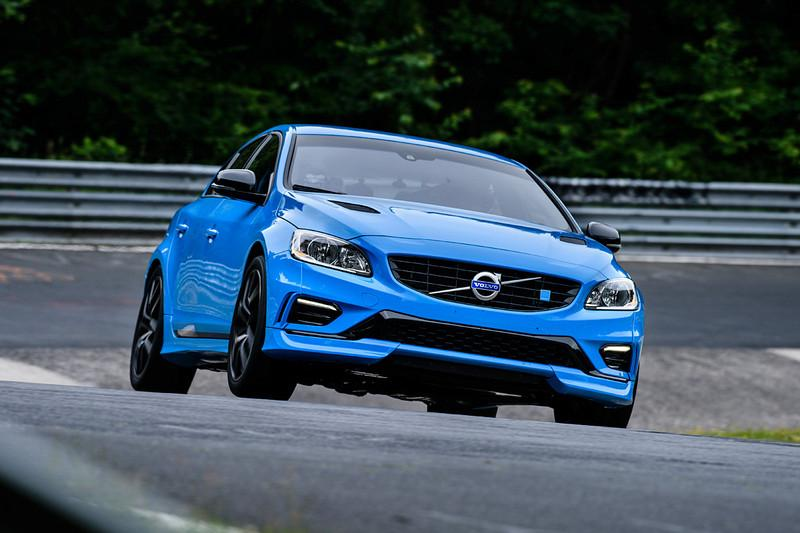
In 2015, Volvo acquired the Polestar brand and its performance department, Polestar Performance, in full. The team was still owned by the engineer Christian Dahl that year, and Polestar Racing officially became Cyan Racing.
Yes, this team drove the Lynk & Co 03 TCR race car to win the WTCR Team Championship for three consecutive years from 2019 to 2021, and became known as “Lynk & Co Blue” among car enthusiasts.

Going back to Polestar. On October 17, 2017, Volvo announced at an official launch event in Shanghai that Polestar had officially become an independent electrified high-performance brand under the Volvo umbrella. The first Polestar car, the Polestar 1, was born and the new Polestar logo was also officially unveiled.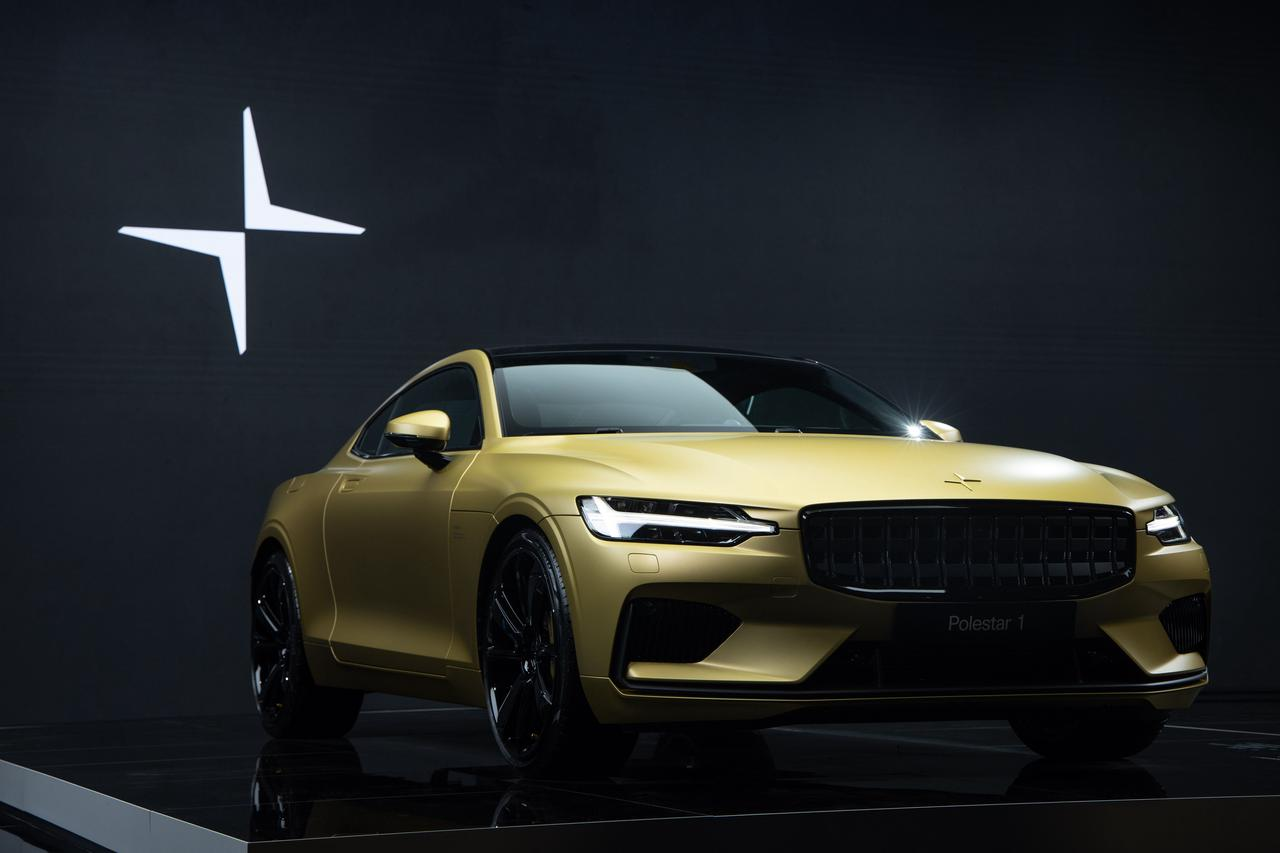
In terms of performance, Polestar 1 based on SPA platform is equipped with hybrid technology, with a comprehensive maximum horsepower of 600 horsepower and a maximum torque of 1,000 N·m. Its official acceleration time for 100 km is only 4.2 seconds, which was extremely outstanding in 2017. However, Polestar 1 is limited to a global production of 500 units. Strictly speaking, it is not a high-volume model, but rather a totem of the independent Polestar brand.
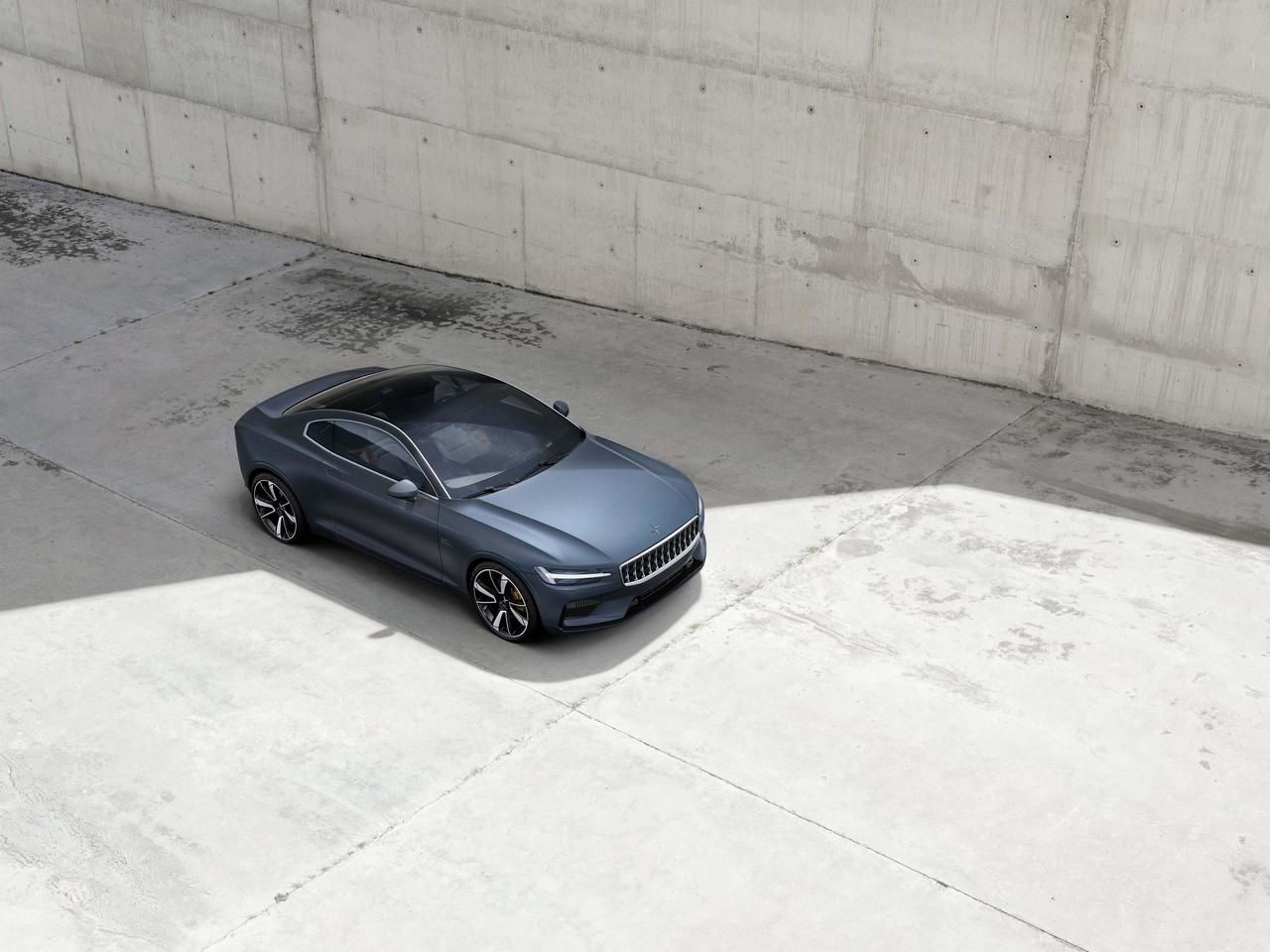
Why is Polestar called the “silver age” during this period? Because although the appearance of Polestar 1 is extremely stunning, it is very similar to the Concept Coupe concept car, which was released in 2013 and was the predecessor of the Volvo S90. Its interior design is also in line with XC90/S90.
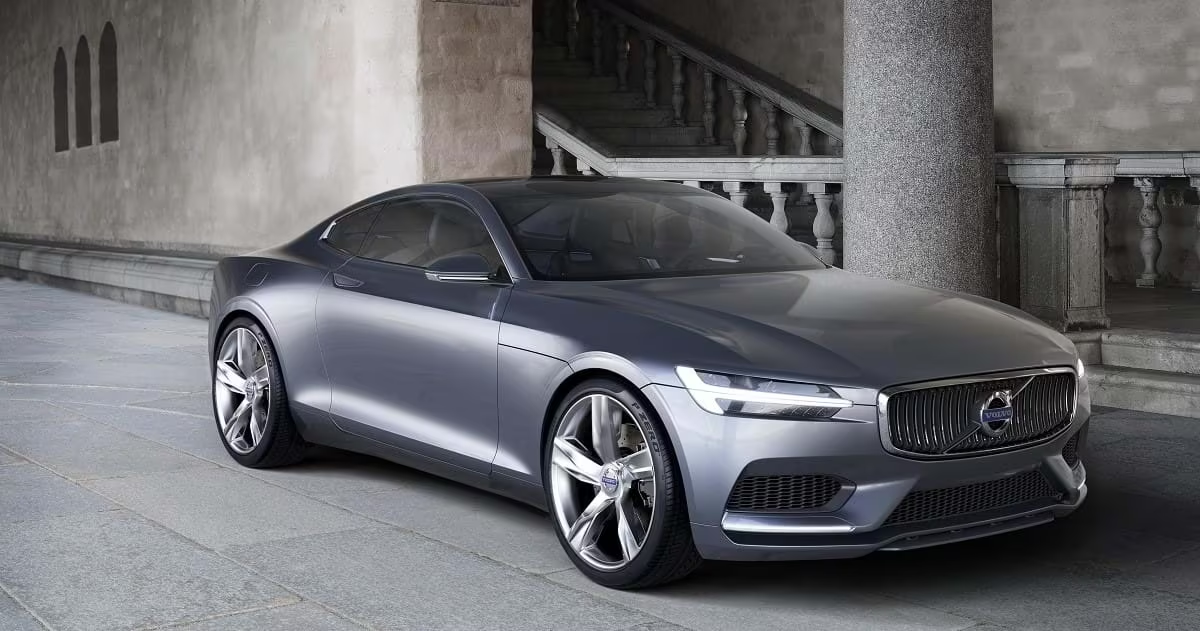

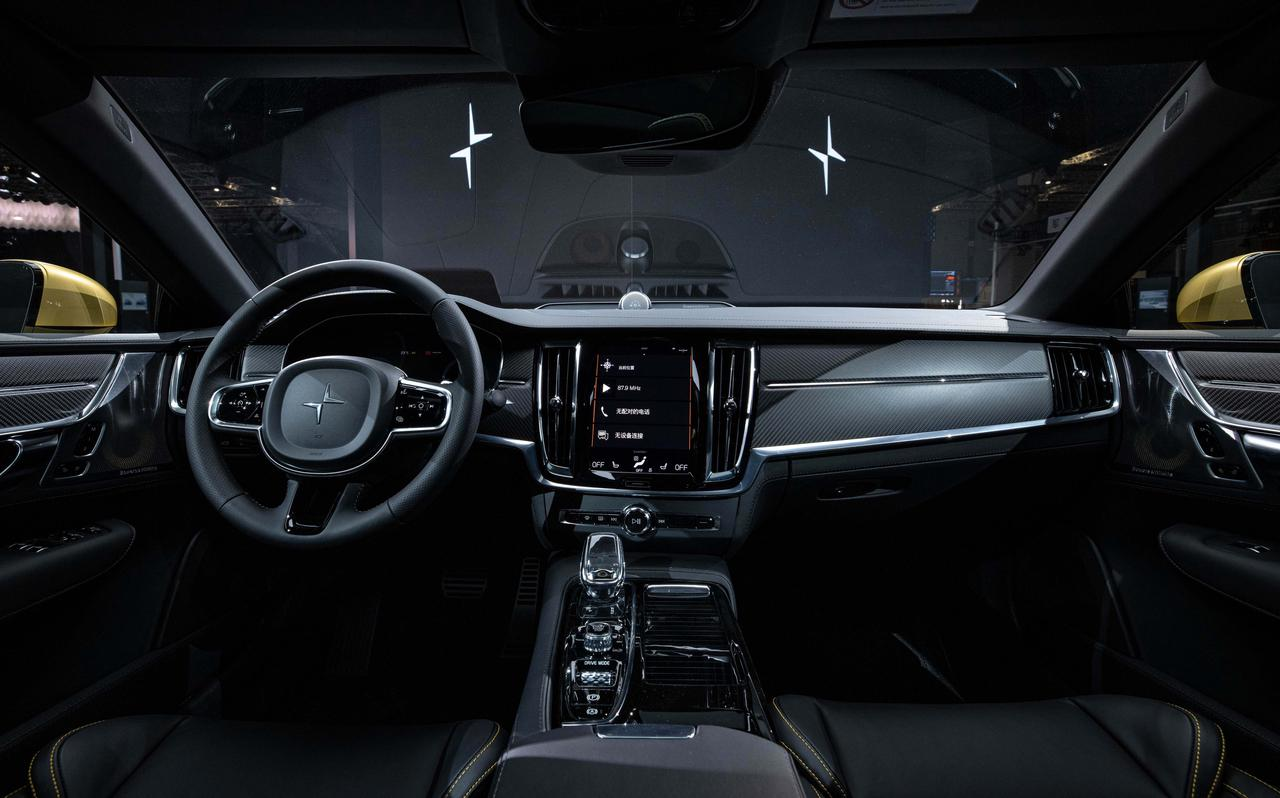
Therefore, the first high-volume model for the Polestar brand is actually the Polestar 2, and it has completed its mission. On November 24, 2022, the 100,000th Polestar 2 officially rolled off the production line at the Taizhou Luqiao factory in China. A few days ago, the CEO of Polestar tweeted: “In December 2022, Polestar completed a crazy mission, reaching a historic high in delivery. Until the end of 2022, the team has been working double time to complete the mission.”The cumulative delivery of Polestar reached 45,000 units throughout 2022. The car has entered 14 countries in the Asian, European, and North American markets, making it the fastest globalized new brand. However, looking at the product line layout of Polestar, as a brand that wants to become high-end, relying on the limited 500 units of the “spiritual totem” Polestar 1 is not enough, and Polestar 2 is the most entry-level product. Therefore, Polestar hopes Polestar 3 will lead the brand into a golden age.
Polestar 3, which was just unveiled in October, has announced its price at 880,000 yuan to 1.03 million yuan. Polestar officially targeted this car’s competitor as the Porsche Cayenne. Polestar 3 uses the SPA 2 platform, and in terms of its exterior design, performance, and intelligent level, it is undoubtedly the flagship of the Polestar family. Finally, Polestar and Volvo have finally distinguished themselves in regard to positioning and product differences. Simply put, Polestar is a more distinctive, niche, and individualistic existence than Volvo.
Firstly, let’s start with the exterior design. The style of Polestar is undoubtedly a breath of fresh air in the mid-big size luxury SUV market. The essence of Nordic design is succinct and eye-catching at first glance, with the core being the pursuit of design unity and cleanliness. For an SUV that is approximately 4,900mm long, 2,120mm wide, 1,627mm high, and has a wheelbase of nearly 3 meters, achieving a succinct style is relatively easy to do.The EX90, like other cars on the platform, is undoubtedly a good looking car, but the constraints of homogeneity still require it to perform within a stable design framework, with the dominant direction of the lines still being horizontal and vertical. The designers have made efforts to bring freshness to everyone with blinking LED headlights and split tail lights.

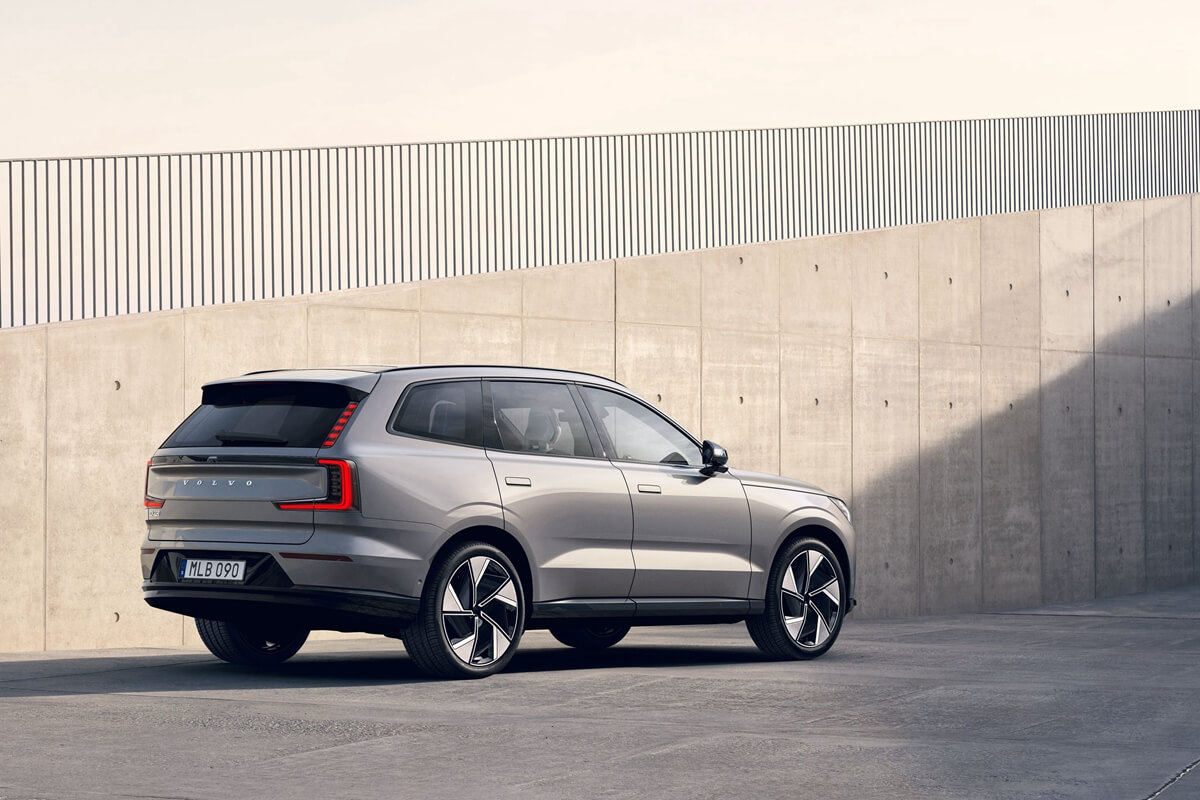
If the EX90 gives you the feeling of a middle-aged person who has reached middle age but still has a young mentality, the Polestar 3 gives you the feeling of a football player in a white suit, with muscles and strength partially visible.
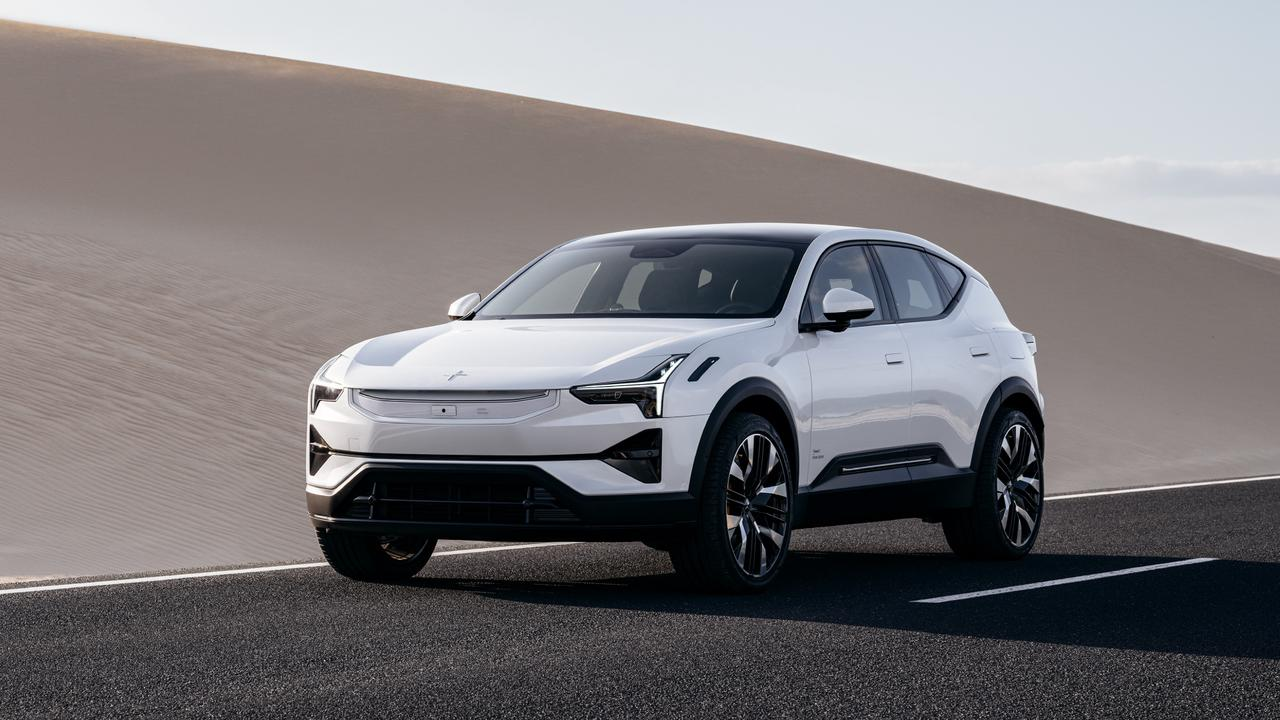
For example, the “double wing-style” headlights break out of the design framework of “Thor’s Hammer” and echo the shape of the Polestar logo. The sharp corners give the impression that this is a more sporty model, but the 1.3 million-pixel LED headlights are hidden within. The taillights are also LED, with 168 independently illuminated sources of light in the through-style light assembly, with a discreetly elegant design.
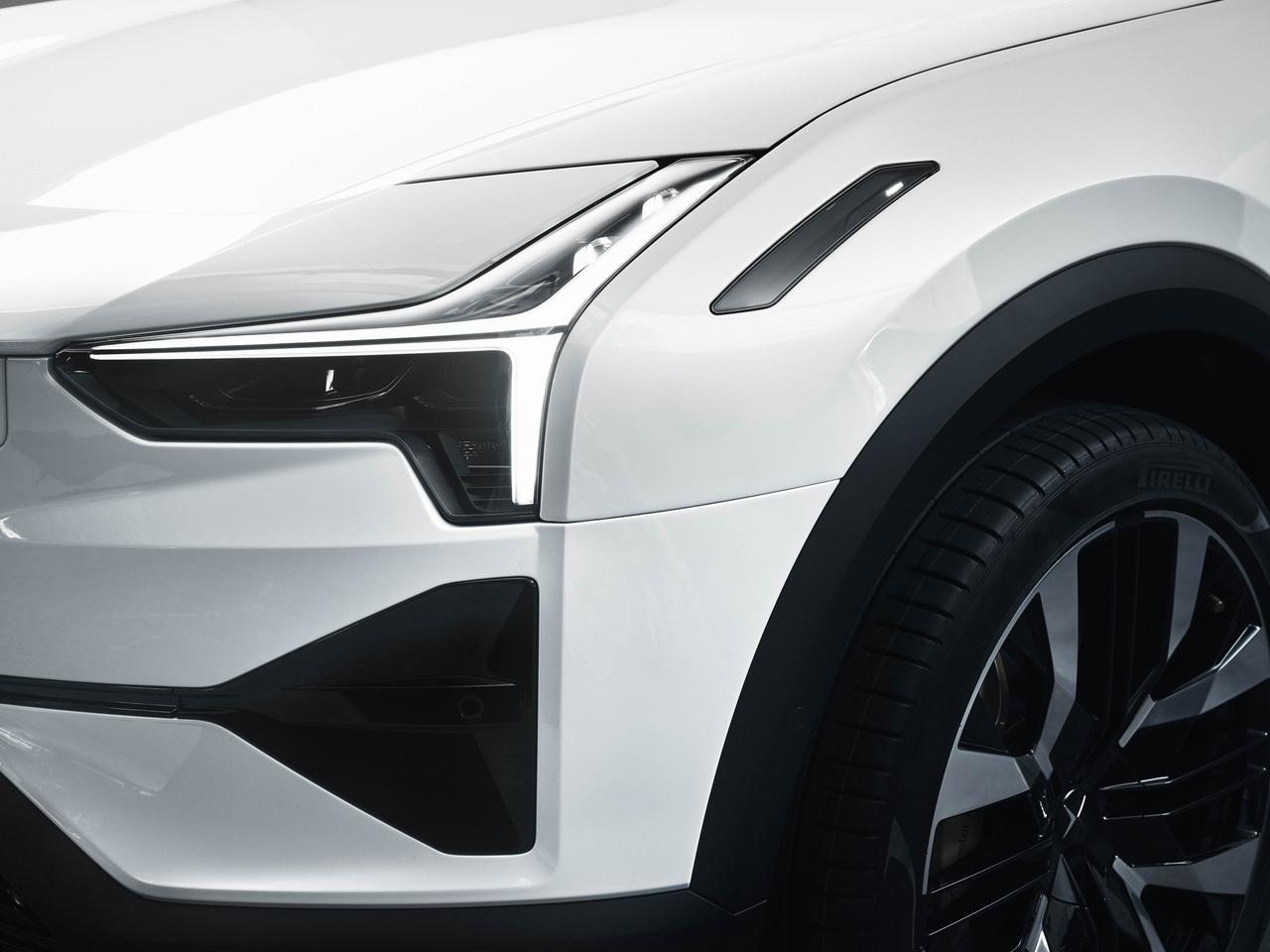
Moreover, traditional car makers would go to great lengths to hide the front sensors in the grille or fog lamp area, so as not to spoil the integrity of the front-end design. The Polestar 3, however, has directly designated a “SmartZone” area. However, this area has also chosen materials in the same color as the car paint, so that the sensors have become part of the design elements of the front-end.

Five cameras, five millimeter-wave radars, and 12 ultrasonic radars, as well as optional Luminar lidar, make up the external perception of the Polestar 3, which, as a flagship, keeps up with the mainstream in terms of intelligent hardware.There are aerodynamic openings all over the body of the car. At first glance, they are all hidden under a unified design, but careful observation reveals the ingenuity inside. For example, the flow deflectors in the engine hood area, the rear flow deflectors at the tail, and the rear air wing work together to integrate the front airflow and tidy up the rear tail flow to unify functionality and design language.
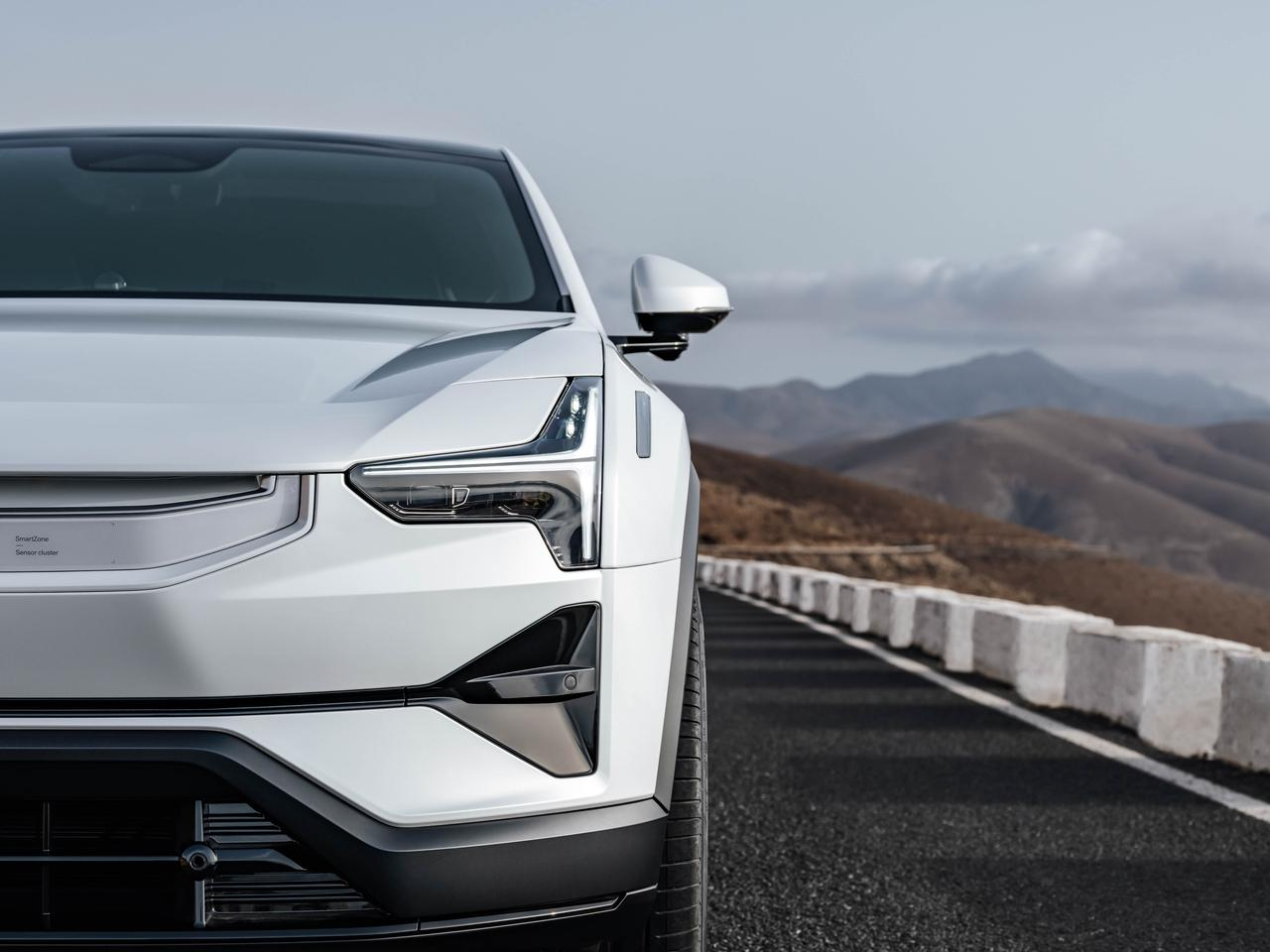
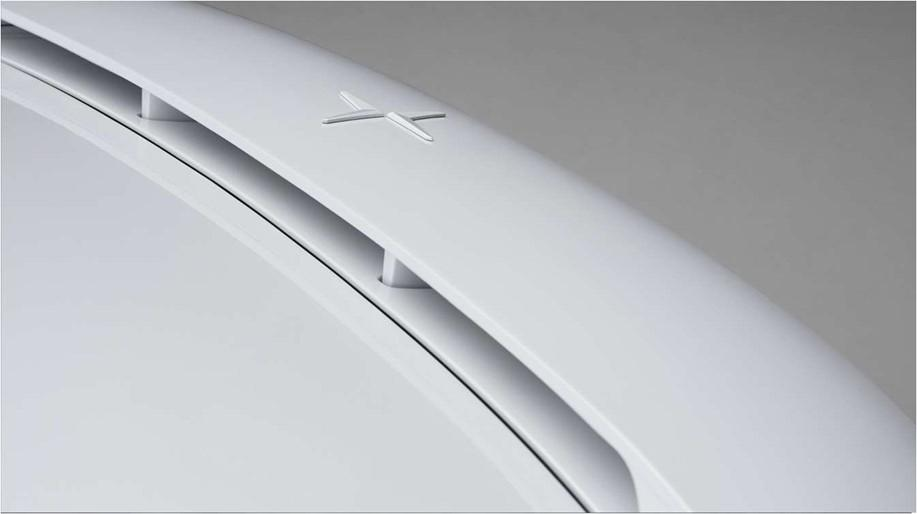
The roofline of the Polestar 3 lowers and extends behind the C-pillar, giving a “squatting” visual impression together with the long front end design. If you still don’t understand the difference between Polestar and Volvo yet, you can review the history of Polestar development mentioned earlier. As a brand with a motorsport core, all design concepts are implied by this.
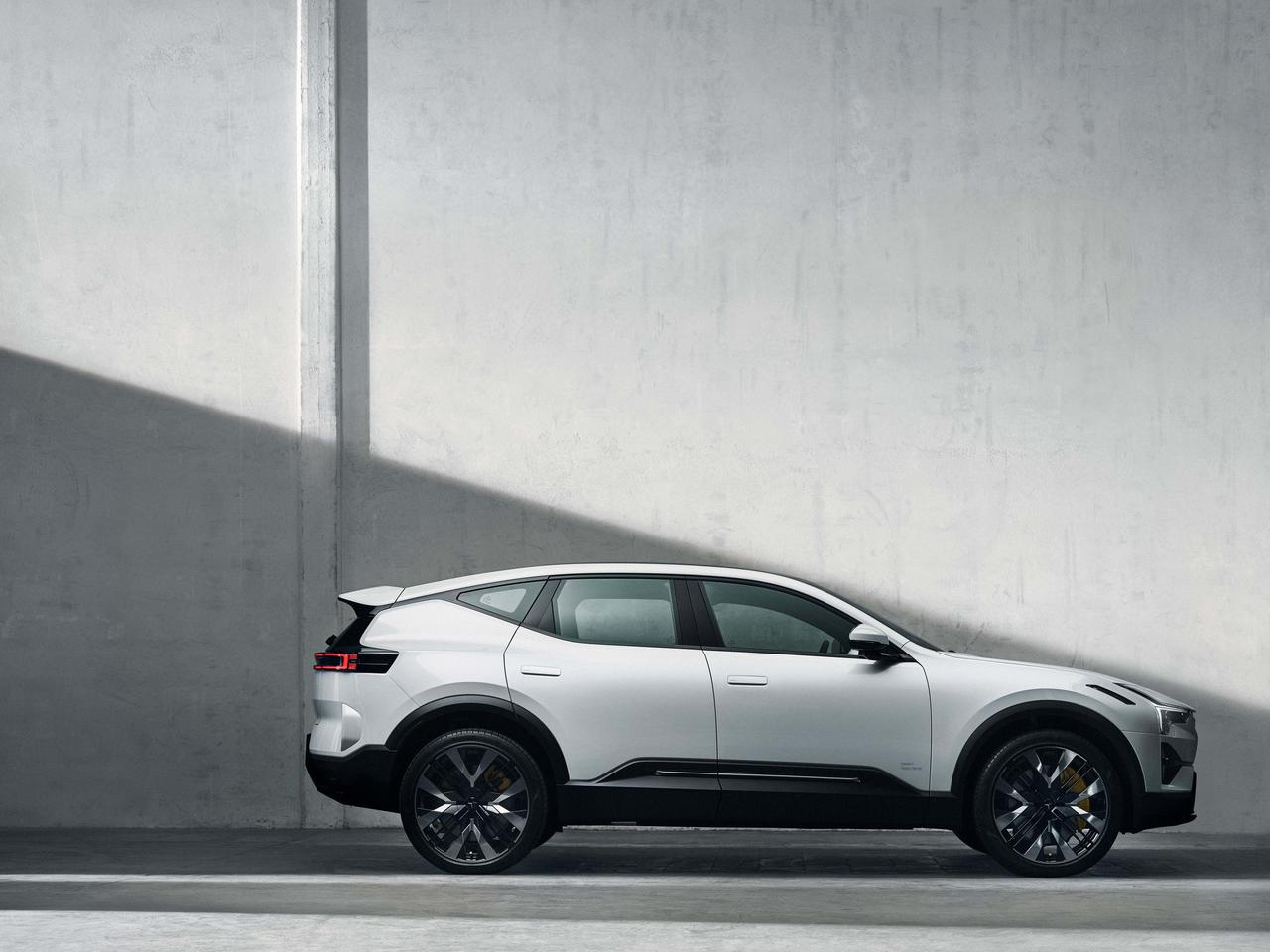
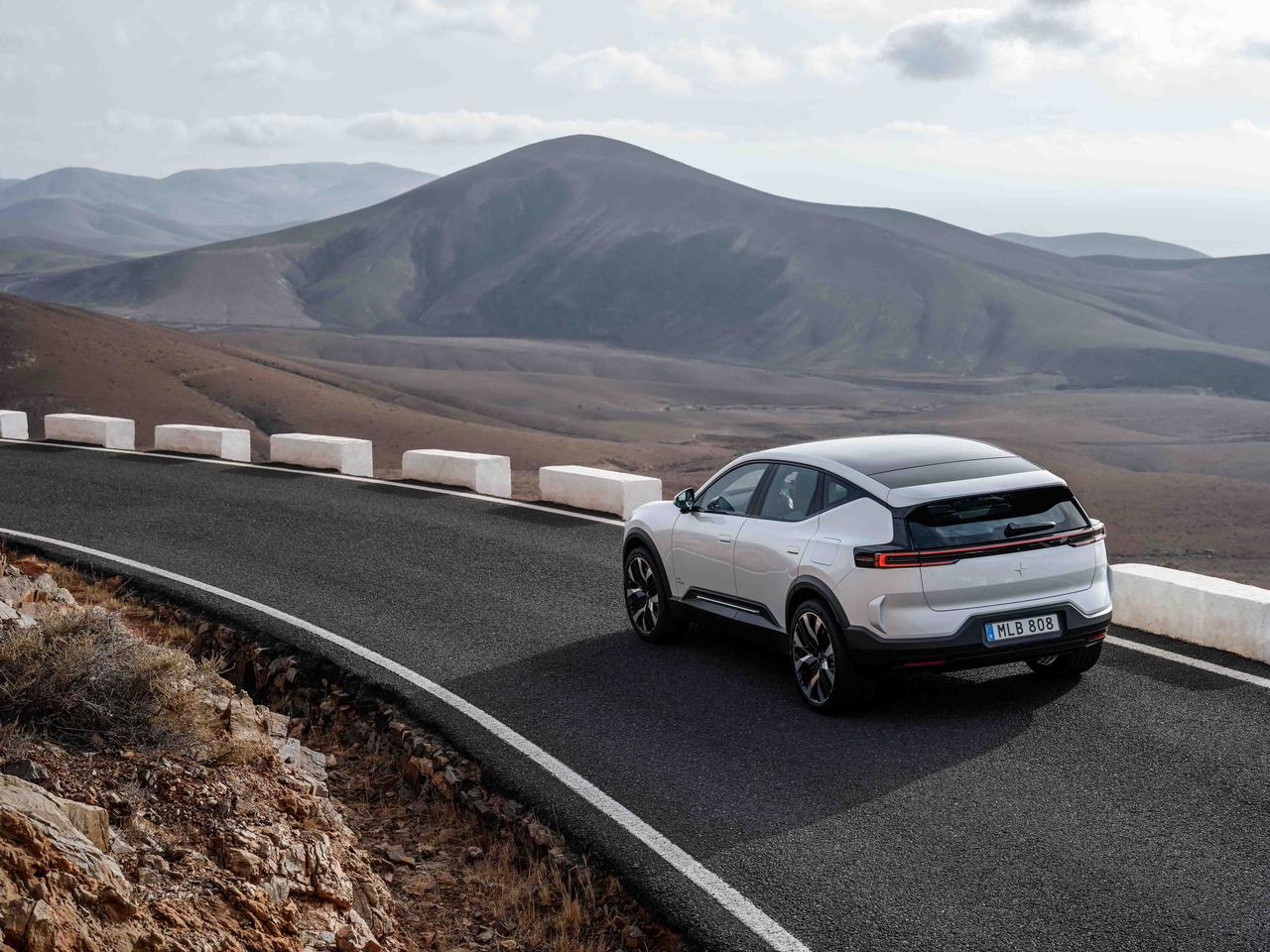
Therefore, in addition to the 111 kWh battery pack, both versions of the Polestar 3 are equipped with dual electric motors, with maximum power outputs of 360 kW and 380 kW respectively, and a range of up to 670 km/620 km. The 500 HZ electromagnetic suspension, double chamber air suspension, and Brembo brake calipers ensure maximum handling.
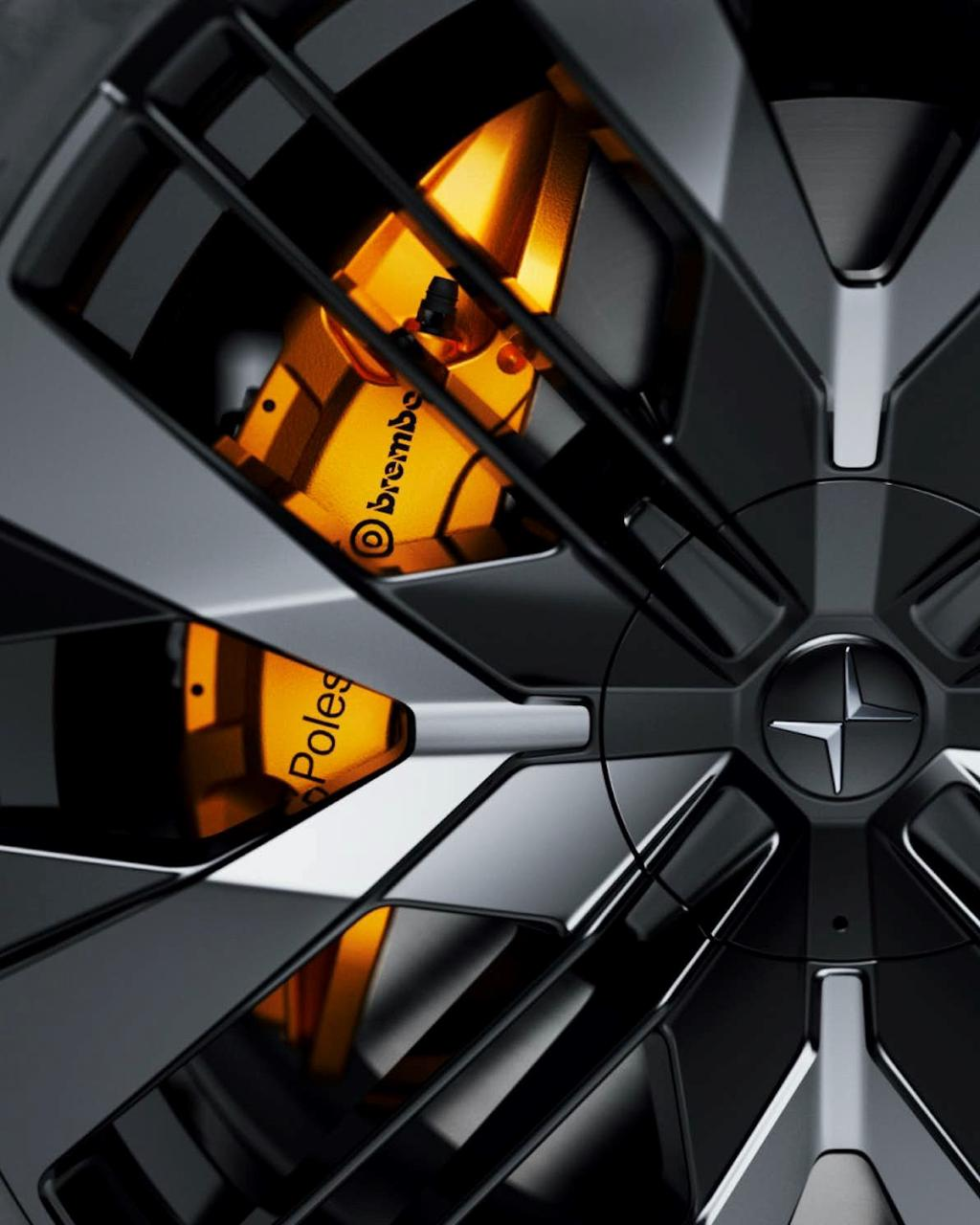
For million-level vehicles, the interior configurations are all mainstream. For example, the 1,610 W of 25-speaker Bowers \& Wilkins audio system, infrared heat-insulating glass, privacy interlayer soundproof glass, HUD with special coating for the windshield, Qualcomm Snapdragon intelligent cockpit, 14.5-inch central control screen, electric suction door…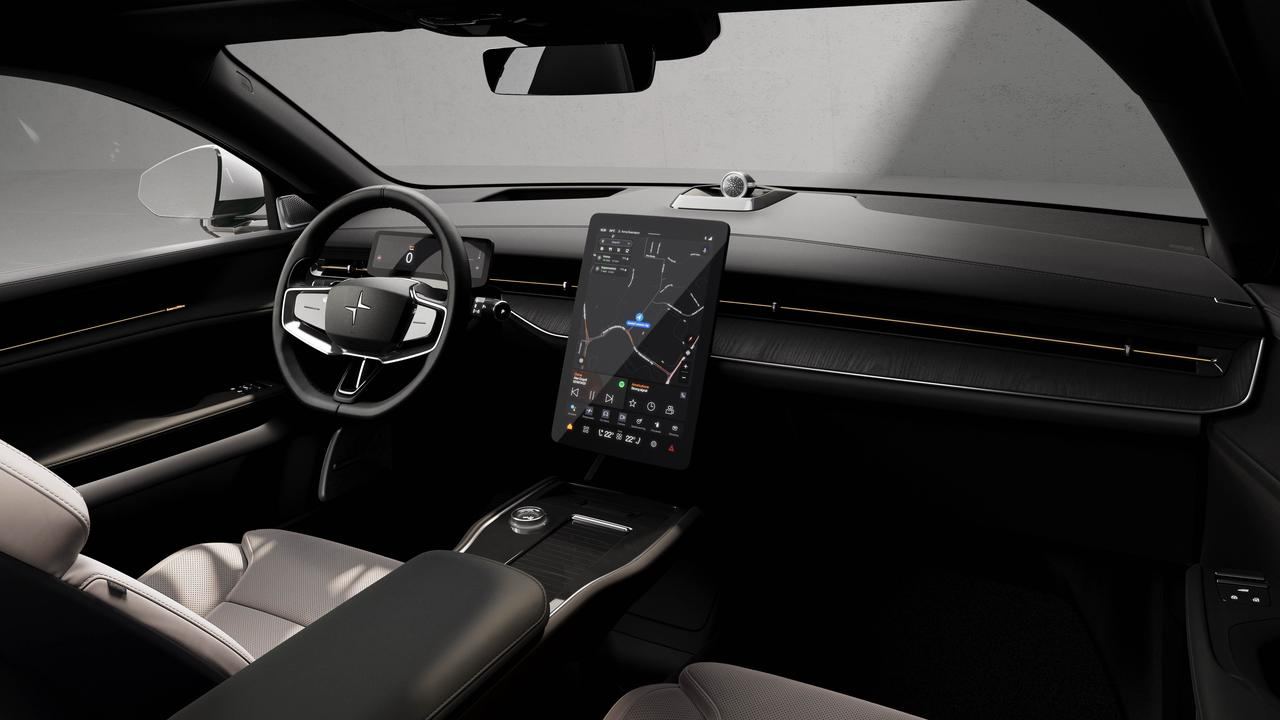
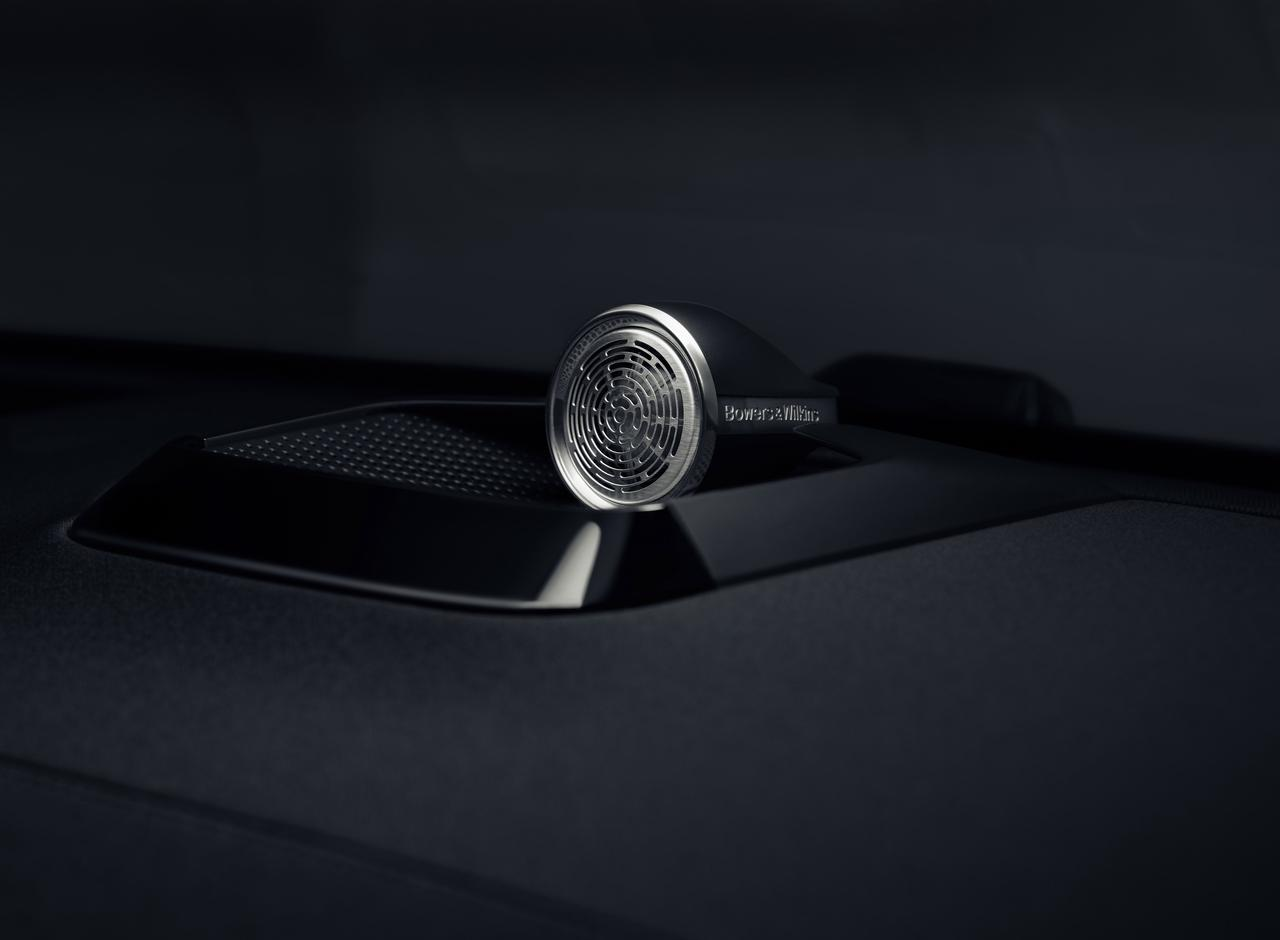
However, the “non-mainstream” of Nordic brands is also evident: biological and environmentally friendly material MicroTech, traceable wool products, eye-catching “Swedish Gold” seat belts with low overall saturation, and retained music knobs.
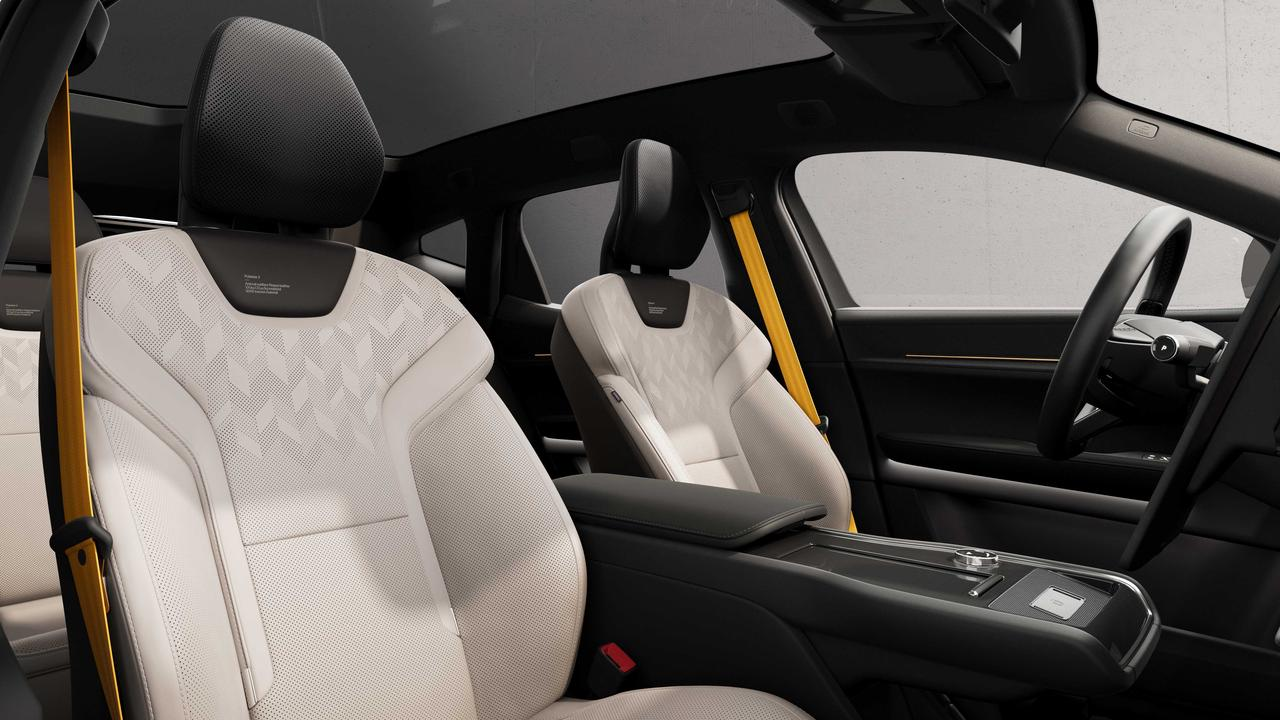
By the way, there are also two interesting little surprises. One is the “Polestar shines” logo on the roof, which happens to match the Chinese culture’s secret code; the other is the ambient light color temperature of the Polestar 3, which is 5,000 Kelvin, the spectral range of light emitted by the North Star A. Look how interesting it is.

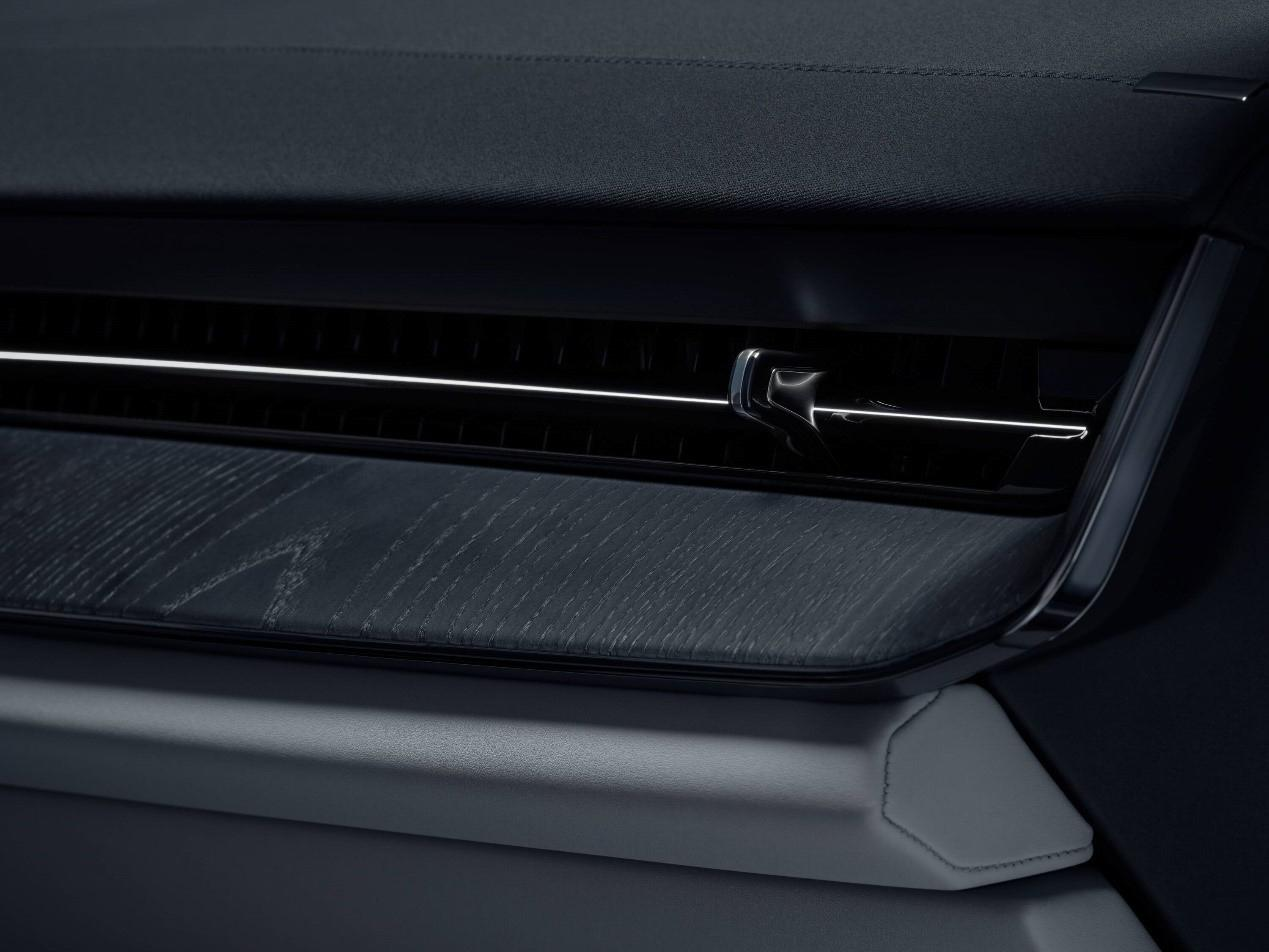
Finally, choosing the larger 5-seater layout for the Polestar 3 also shows the difference between it and the Volvo EX90. This is not a “want it all” car. The more distinct and personalized design, sporty core, environmental protection, Nordic-style introversion, and luxury all make up this unique product.
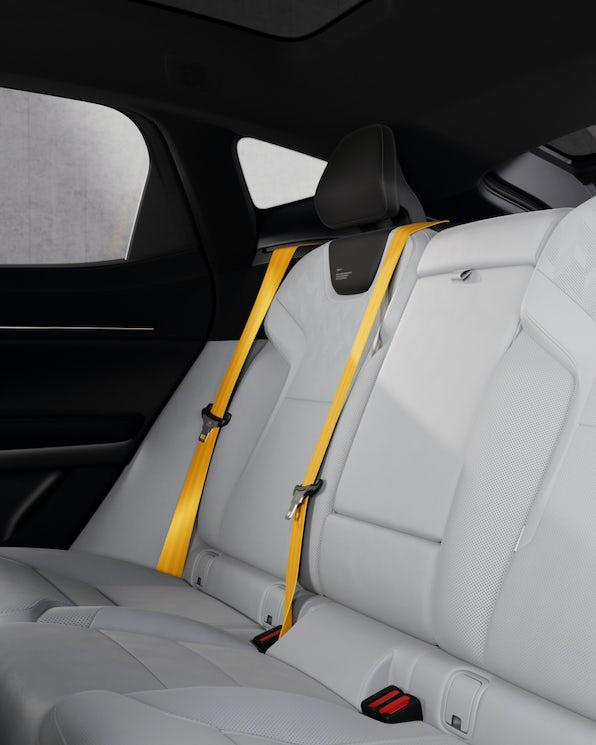
So from a product perspective, from Polestar 1 to Polestar 3, Polestar has worked hard to find its own path under the Volvo system, and for a high-end brand, Polestar 3 is the “key” to its golden age. From a brand perspective, “mainstream but not following the trend” is still an observable development strategy.## Mainstream, but not following the trend
For a brand, to establish itself in the high-end market, it needs to have both mainstream and differentiation. However, Polestar is probably the brand that needs the least emphasis on its uniqueness.
After all, anybody can claim to be premium. For high-end brands that are difficult to differentiate, looking good is sometimes the most important factor.
For Polestar, “design-driven” is not just talk. The stunning Precept concept car has left a lasting impression on many people. It has set the standard for exterior design for a 4-door GT. With its sharp and elegant lines and the sleek body, it was once my desktop wallpaper of an obsessively beautiful car.

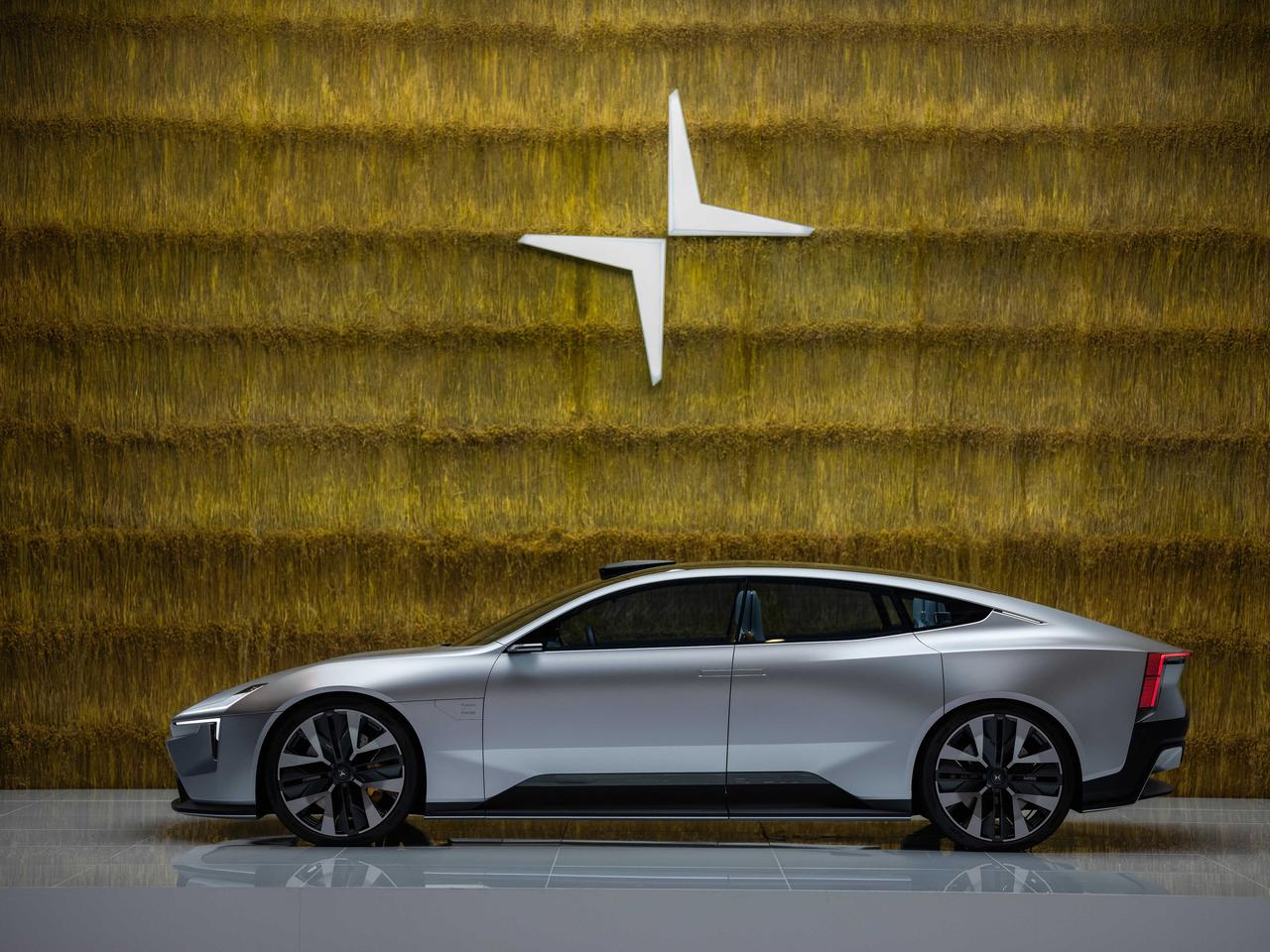
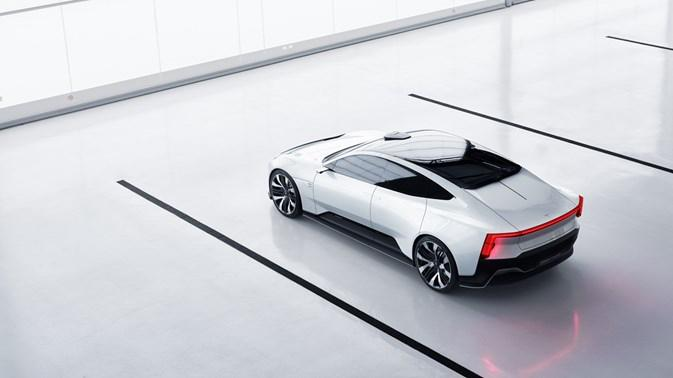
Polestar has also confirmed that the car will be produced as the Polestar 5, targeting the Porsche Panamera. Based on the 800V platform, the Polestar 5 will have a peak power output of 884 horsepower and 900 N·m of peak torque, with an estimated range of over 600 kilometers. The only downside is that we have to wait until 2024 to see it.

For this car, Polestar’s engineers in Coventry, UK, used an all-aluminum bonding process to create the chassis, which can achieve an ultimate increase in vehicle strength and weight reduction compared to riveting and welding, and was previously only seen in hand-built cars produced in small batches. Polestar’s engineers claim to have developed a method for mass production.
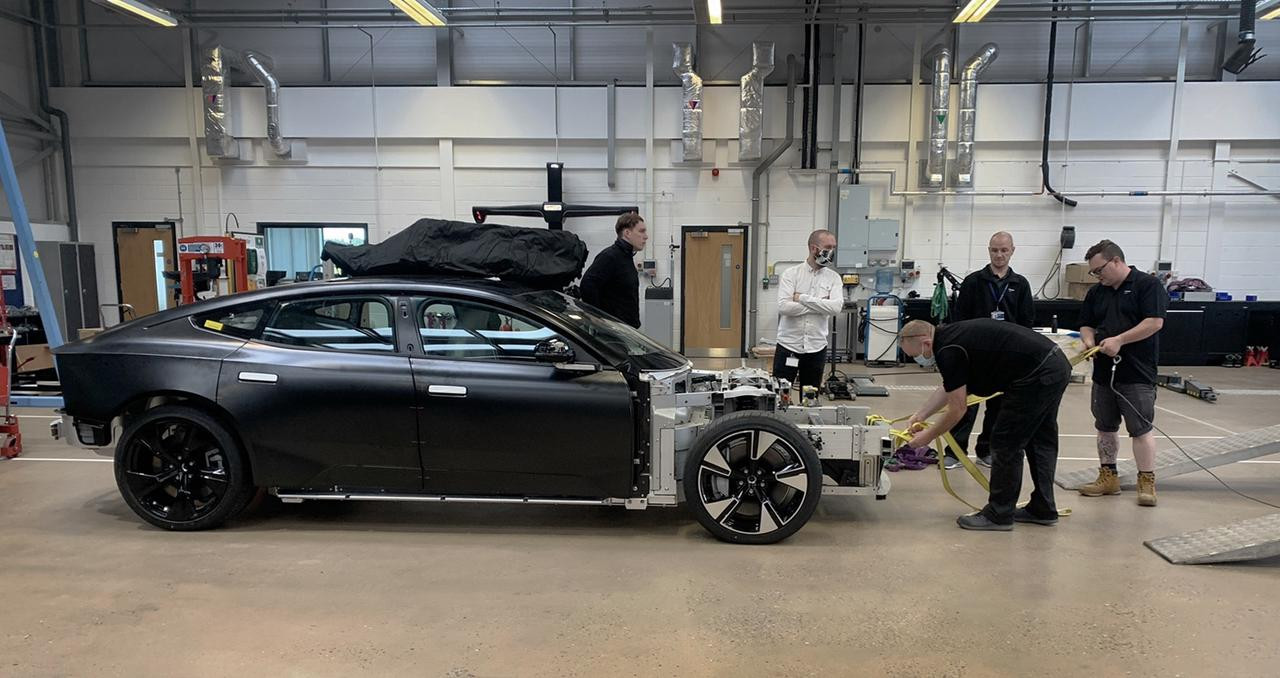
This chassis has also given birth to another concept car, the Polestar O2, which is equally unbelievably beautiful.
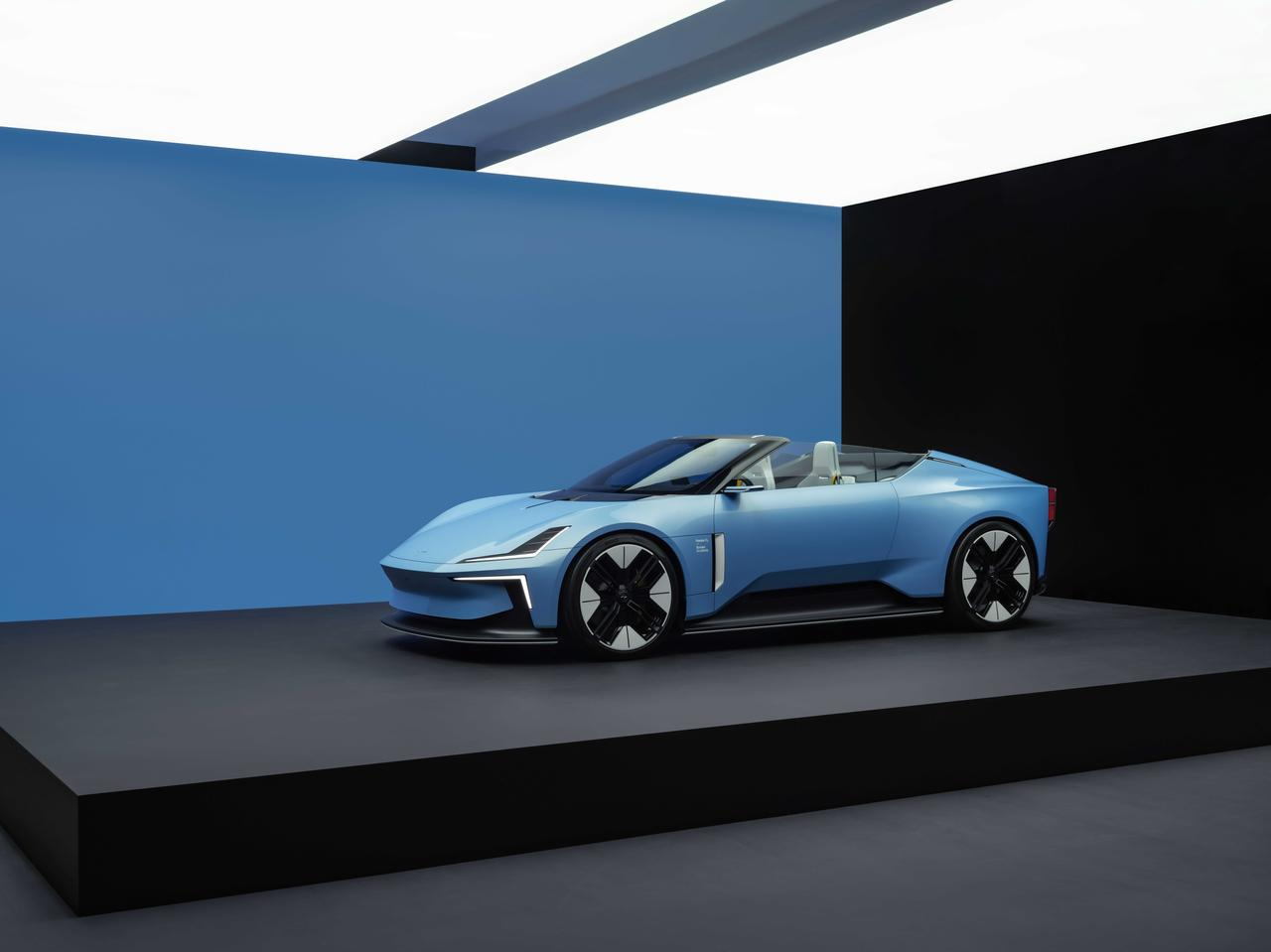
According to the plan, Polestar will also launch the Polestar 4, a medium-to-large-sized pure electric SUV based on the PEA platform this year, and the pace of Polestar’s product layout is accelerating.
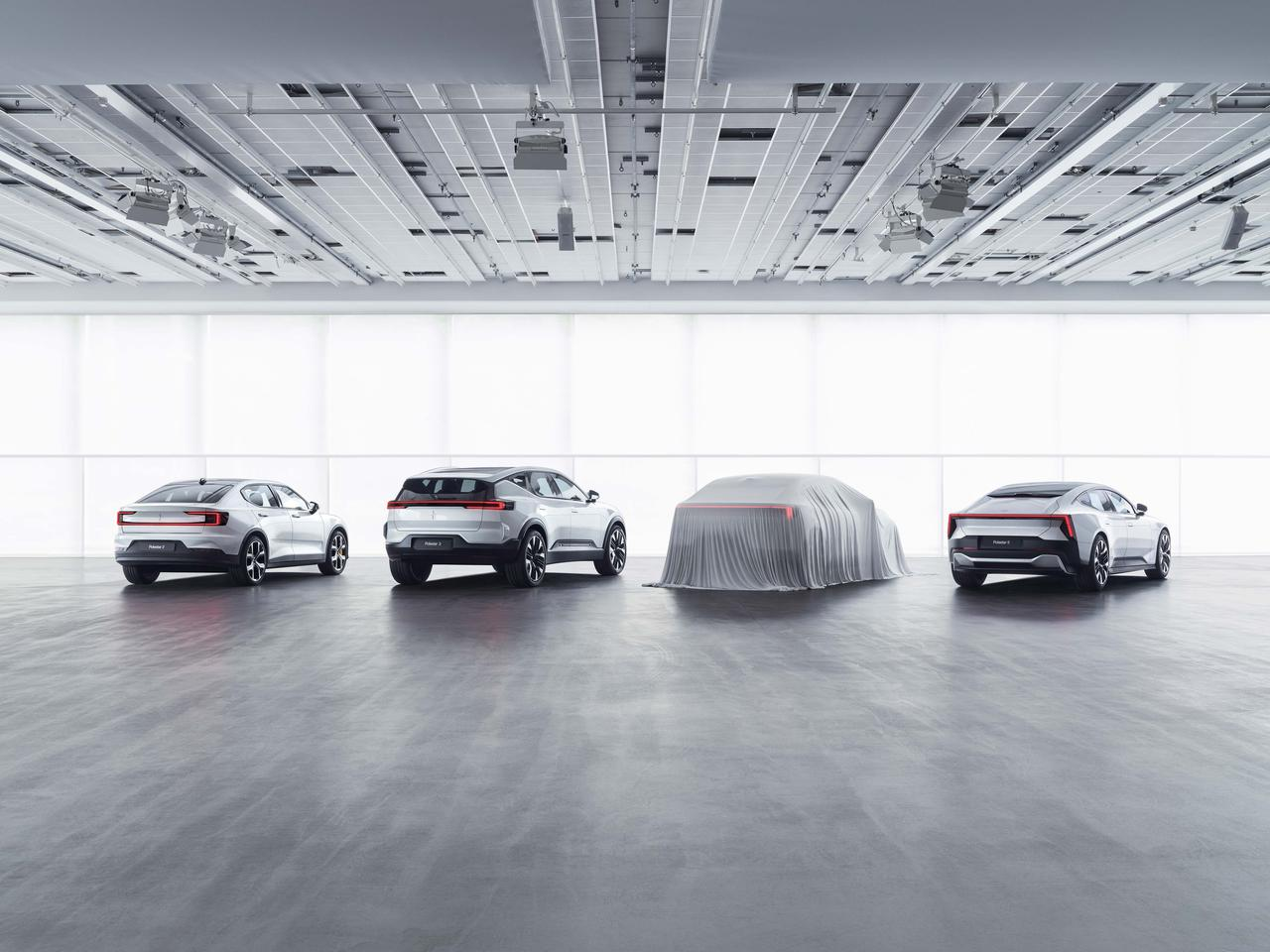
The launch of these products is the cornerstone of Polestar’s goal of achieving global sales of 290,000 vehicles by 2025. Meanwhile, in June 2022, Polestar was listed on the NASDAQ in the United States, raising more than 800 million U.S. dollars in funds, which will also support the company’s product development and channel construction.
From 1996 to 2023, from Jan Nilsson’s founding of the Flash Engineering team to a global high-performance electric vehicle company, Polestar’s short 27-year development story is unique and legendary, and the company has gained a large following in Europe and the United States.
Not compromising and avoiding vulgarity is a rare quality in these times of homogenization. If we use romantic expression, Polestar can be called an “idealist”. But undoubtedly, unique products are a necessary but not sufficient condition for success. Luckily, we have seen the brand take a step forward from the Polestar 3.
We hope that Polestar can finally enter its “golden age”.
This article is a translation by ChatGPT of a Chinese report from 42HOW. If you have any questions about it, please email bd@42how.com.
